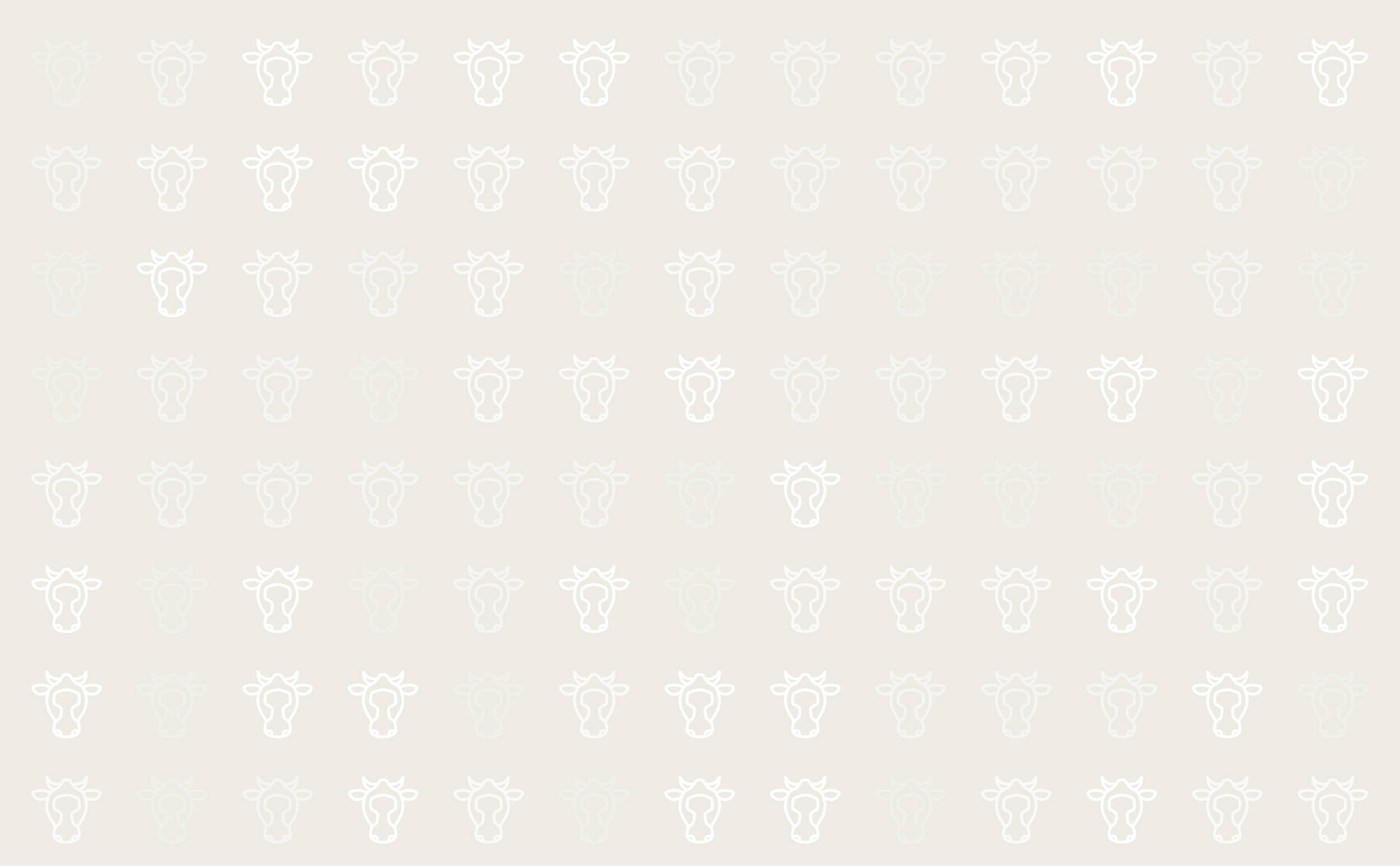



Schmallenberg Virus
The “Schmallenberg virus” (SBV) is an enveloped, negative-sense, segmented, single-stranded RNA virus.
Cause
It belongs to the Bunyaviridae family, within the Orthobunyavirus genus. The Schmallenberg virus is related to the Simbu serogroup viruses, in particular Shamonda, Akabane, and Aino virus.
The virus affects ruminants - cattle, bison, sheep and goats. The disease has mostly been recognised in small ruminants around the time of partuition, with offspring showing signs of brain damage or malformations.
Transmission among animals is by insect vectors. The virus can also be transmitted vertically by in utero infection. Midges have been identified at spreading the disease, and vertical transmission from dam to offspring occurs. However there is also a risk from imported animals which may be infected, as midges spread the virus.
There is no risk to human health, according to the OIE.
Symptoms
Manifestation of clinical signs varies by species: bovine adults have shown a mild form of acute disease during the vector season, congenital malformations have affected more species of ruminants (to date: cattle, sheep, goat and bison). Some dairy sheep farms have also reported diarrhoea.Adult cattle - Probably often inapparent, but some acute disease during the vector-active season
- Fever
- Impaired general condition
- Anorexia
- Reduced milk yield (by up to 50 per cent)
- Diarrhoea
- Recovery within a few days for the individuals, two to three weeks at the herd scale
- Arthrogryposis (abnormal joints)
- Hydrocephaly (build up of fluid in skull)
- Brachygnathia inferior (overshot jaw)
- Ankylosis (stiff joints)
- Torticollis (twisted neck)
- Scoliosis (deformed spine)
Treatment
There is no treatment available for Schmallenberg. Infected adults will recover, however damage will have been caused to offspring if carrying at the time of infection.
Malformed lambs and calves are likely to be distressed and unlikely to survive or thrive in the long term. It is likely they should be culled.
Prevention
Little can be done to control vector borne diseases. Control of midge populations during the vetor-active season may decrease the transmission, however given how widespread midge populations are it is likely to be ineffective.
It is important that strict hygiene measures are carried out during assisted lambings and calvings.
Embryotomy (dissection and removal of a foetus that cannot be delivered naturally) should only be carried out on dead foetuses by operators competent to carry out the procedure. It should never be used to remove a live foetus.
Delayed breeding may decrease the number of foetal malformations.
Inactivated vaccines are commercially available in some countries.

